
 Instagram
Instagram
Psoas Stretch: What It Is and Your How-To Guide

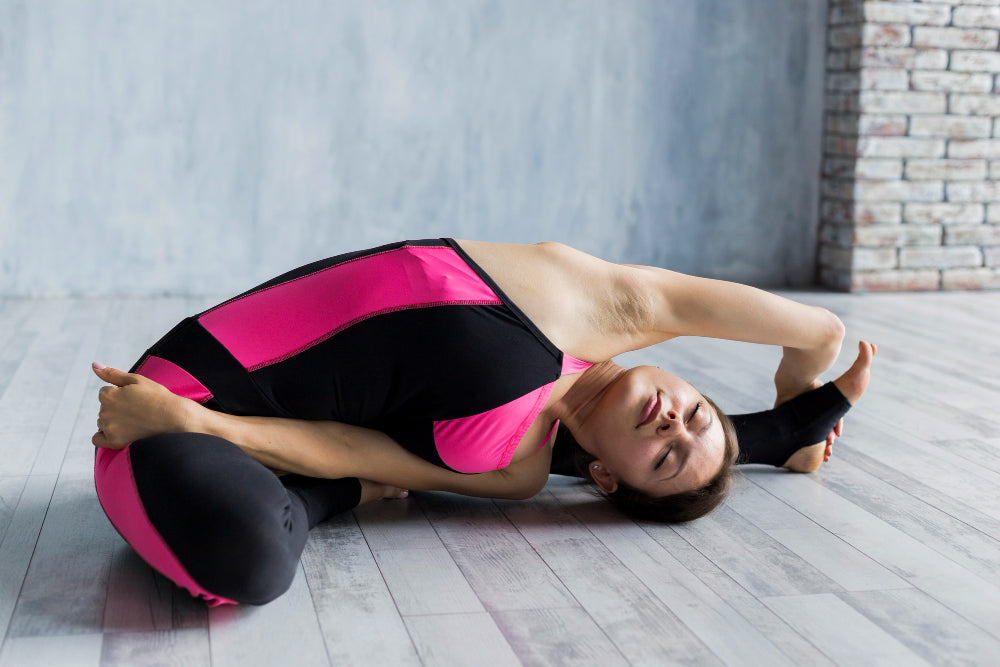
Related products

Flexibility and muscle health are crucial components of overall physical well-being. Maintaining flexibility helps to improve mobility, reduce the risk of injuries, and enhance the performance of daily activities. Muscle health, particularly the health of core muscles, supports the body's structural integrity, aids in posture, and enables efficient movement patterns. Dr. John Thompson, a leading physiotherapist, asserts, "Flexibility is not merely about stretching muscles; it's about improving muscle elasticity and joint range of motion, which are vital for optimal body function." Additionally, these factors are essential for sports performance, as they enable athletes to perform at their best while reducing the risk of injury.
What is the Psoas Muscle?
The psoas muscle, one of the major muscles in the hip flexor group, is a deep-seated muscle that extends from the lower spine through the pelvis to the femur. It plays a significant role in various bodily functions, including standing, walking, and running. The psoas muscle is crucial for stabilising the spine and allowing for flexion at the hip joint. Its importance is often highlighted by experts in sports medicine, such as Dr. Emily White, who states, "The psoas muscle is integral to core stability and overall mobility, influencing both athletic performance and everyday movements."
To maintain flexibility and improve overall mobility, tools like the Jordan Long Soft Roller or Jordan Long Foam Roller can help relieve muscle tension, especially in the hip flexors and lower back, supporting a better range of motion and psoas function.
The Psoas Muscle's Location
The psoas muscle is located in the lumbar region of the spine and extends through the pelvis to attach to the lesser trochanter of the femur. It is part of the iliopsoas group, which includes the iliacus muscle. This positioning allows the psoas to play a critical role in hip flexion and lumbar spine stability.
The Psoas Muscle's Function
The primary function of the psoas muscle is to facilitate hip flexion, which is essential for movements such as lifting the leg, walking, and running. Additionally, the psoas muscle helps stabilise the spine, contributing to proper posture and balance. Dr. Rachel Green, an orthopaedic specialist, notes, "The psoas muscle is a key player in both dynamic and static movements, making it fundamental to core strength and stability."
To enhance core strength and overall muscle health, consider the Lifefit Home Rowing Erg Waterrower Machine, which offers a full-body workout and helps engage the core muscles, including the psoas. This rowing machine is ideal for improving overall fitness and muscle tone, targeting both upper and lower body muscles.
Additionally, the Lifefit Home Rowing Erg Waterrower Machine Copy is designed to offer similar benefits, with adjustable resistance levels that cater to all fitness levels. By using this rowing machine regularly, you can strengthen your core and promote better posture, supporting the health of your psoas and surrounding muscles.
Importance of the Psoas Muscle in Daily Activities
Role in Posture
The psoas muscle significantly influences posture by stabilising the lumbar spine and pelvis. A well-functioning psoas supports an upright posture and reduces the strain on other muscles and joints. Improper alignment or weakness in the psoas can lead to compensatory patterns and postural imbalances.
Contribution to Movement and Stability
The psoas muscle's role in hip flexion and spine stabilisation makes it essential for various movements and activities. Whether performing athletic movements or engaging in everyday tasks, the psoas contributes to the body's ability to move efficiently and maintain balance.
Common Issues Related to the Psoas Muscle
Tightness and Pain
Tightness in the psoas muscle is a common issue that can result from prolonged sitting, lack of stretching, or overuse. This tightness can lead to pain in the lower back, hips, and legs. According to Dr. Mark Brown, a physical therapist, "Chronic tightness in the psoas can cause a cascade of problems, including lower back pain and reduced hip mobility."
Impact on Overall Body Mechanics
A tight or dysfunctional psoas muscle can negatively affect overall body mechanics. It can alter gait patterns, reduce flexibility, and increase the risk of injuries. Proper function and flexibility of the psoas are essential for maintaining efficient and pain-free movement. To support your muscle function and help improve strength, consider incorporating Allnutrition Creatine Muscle Max Raspberry into your routine. This creatine supplement helps increase muscle mass and strength, enhancing performance during workouts and promoting better muscle recovery.
Benefits of Stretching the Psoas Muscle
Stretching the psoas muscle helps improve posture, flexibility, range of motion, reduces pain and injuries and provides an overall improvement in one's sport's performance.
Improved Posture
Stretching the psoas muscle can significantly improve posture by reducing lumbar spine compression and pelvic tilt. This improvement helps maintain a neutral spine position, which is crucial for preventing postural imbalances and associated discomfort.
Enhanced Flexibility and Range of Motion
Regularly stretching the psoas muscle enhances hip flexibility and range of motion. This flexibility is vital for performing various physical activities without restriction, thereby improving overall movement quality and performance.
Reduction in Lower Back and Hip Pain
Stretching the psoas muscle can alleviate lower back and hip pain by addressing muscle tightness and reducing pressure on the lumbar spine and hip joints. Dr. Susan Clark, a chiropractor, explains, "Psoas stretches are highly effective in relieving lower back and hip pain by targeting the root cause of muscle tightness and imbalance."
Prevention of Injuries
By maintaining flexibility and reducing muscle tightness, psoas stretches help prevent injuries related to muscle strain and joint stress. Athletes and active individuals particularly benefit from incorporating these stretches into their routines to reduce the risk of overuse injuries.
Better Overall Athletic Performance
A flexible and well-functioning psoas muscle contributes to better athletic performance by enhancing core stability, hip mobility, and overall movement efficiency. This improvement supports a wide range of activities, from running and jumping to lifting and twisting.
How to Perform Psoas Stretches
Warm-Up Exercises
Warming up before performing psoas stretches is essential to prepare the muscles and joints for the activity. A proper warm-up increases blood flow, raises muscle temperature, and reduces the risk of injury. Dr. Lisa Harris, a sports medicine expert, advises, "A thorough warm-up is crucial for preventing injuries and enhancing the effectiveness of your stretching routine."
Engage in light aerobic exercises such as brisk walking, jogging, or cycling for 5-10 minutes. Follow this with dynamic stretches like leg swings and hip circles to further prepare the hip flexors and surrounding muscles.
Basic Psoas Stretch Techniques
Kneeling Hip Flexor Stretch
Step-by-Step Instructions
- Begin in a kneeling position with one knee on the ground and the other foot in front, forming a 90-degree angle.
- Gently push your hips forward while keeping your back straight until you feel a stretch in the front of the hip and thigh of the kneeling leg.
- Hold the stretch for 20-30 seconds, then switch sides.
Common Mistakes to Avoid
Avoid arching your back or leaning forward excessively, as this can reduce the effectiveness of the stretch and increase the risk of injury. Ensure that your hips remain square and aligned.
Lunge Stretch
Step-by-Step Instructions
- Stand with your feet hip-width apart.
- Step one foot forward into a lunge position, bending the front knee while keeping the back leg straight and the back heel lifted.
- Lower your hips until you feel a stretch in the front of the hip and thigh of the back leg.
- Hold for 20-30 seconds, then switch sides.
Common Mistakes to Avoid
Do not allow the front knee to extend beyond the toes, as this can place unnecessary strain on the knee joint. Maintain a straight back and avoid leaning too far forward.
Advanced Psoas Stretch Techniques
Pigeon Pose
Step-by-Step Instructions
- Begin in a tabletop position on your hands and knees.
- Bring one knee forward and place it behind your wrist, with your shin angled slightly under your torso and your foot in front of the opposite hip.
- Extend the opposite leg straight back, keeping the hips square to the ground.
- Lower your torso over the bent leg until you feel a stretch in the hip and thigh.
- Hold for 20-30 seconds, then switch sides.
Common Mistakes to Avoid
Ensure that your hips remain level and do not tilt to one side. Avoid forcing the stretch if you feel pain or discomfort.
Bridge Pose with Leg Extension
Step-by-Step Instructions
- Lie on your back with your knees bent and feet flat on the ground, hip-width apart.
- Lift your hips toward the ceiling to form a straight line from your shoulders to your knees.
- Extend one leg straight out, keeping the hips level.
- Hold for 10-15 seconds, then switch legs.
Common Mistakes to Avoid
Do not allow your hips to sag or rotate. Keep your core engaged and maintain a straight line from shoulders to knees.
By incorporating these psoas stretches into your routine, you can enhance flexibility, reduce pain, and improve overall physical performance.

Tips for Effective Stretching
Consistency in stretching routines is essential for maintaining flexibility and preventing muscle tightness. Listen to your body and avoid overstretching to prevent injury. Integrate psoas stretches into your fitness regimen and combine them with exercises targeting other muscle groups for balanced flexibility. Proper breathing techniques, such as deep, controlled breaths, can enhance the effectiveness of stretches by helping muscles relax. For optimal muscle recovery and to support your stretching routine, consider adding Xtend BCAA to your supplementation. This BCAA supplement helps reduce muscle fatigue, promote recovery, and maintain muscle mass, ensuring you're ready for your next workout
Consistency and Routine
To reap the benefits of psoas stretching, it is essential to incorporate these stretches into a regular routine. Consistency is key to maintaining flexibility and preventing muscle tightness. Dr. Michael Lee, a sports physiotherapist, advises, "Establishing a consistent stretching routine helps in gradually improving muscle elasticity and joint mobility. Aim to perform psoas stretches at least three to four times a week for optimal results."
Listening to Your Body and Avoiding Overstretching
It is crucial to listen to your body during stretching exercises. Overstretching can lead to muscle strains and other injuries. Always stretch to a point of mild tension, not pain. Dr. Sarah Patel, an orthopaedic specialist, emphasises, "Stretching should never be painful. If you feel sharp or intense discomfort, it’s a sign to ease off and avoid pushing beyond your limits."
Integrating Psoas Stretches into Your Fitness Regimen
Adding psoas stretches into your overall fitness routine can enhance their effectiveness. Combine these stretches with other exercises targeting different muscle groups to achieve balanced muscle development and flexibility. Adding psoas stretches at the end of your workout can help cool down the muscles and prevent tightness. Find out the 19 Best Effective Fitness Exercise.
Breathing Techniques to Enhance Stretch Effectiveness
Proper breathing techniques can significantly enhance the effectiveness of your stretches. Deep, controlled breathing helps relax the muscles and increase the stretch's depth. Dr. Laura Adams, a yoga instructor, suggests, "Focus on inhaling deeply through the nose and exhaling slowly through the mouth while stretching. This practice can help you maintain a relaxed state and improve muscle elasticity."
Common Mistakes to Avoid
Common mistakes when psoas stretching include:
Overstretching and Injury Risks
One of the most common mistakes is overstretching, which can lead to muscle strains and other injuries. Always stretch within your comfort zone and avoid forcing the stretch beyond your flexibility limits.
Incorrect Form and Alignment
Maintaining proper form and alignment is crucial for effective stretching. Incorrect posture can reduce the stretch's effectiveness and increase the risk of injury. Ensure that your body is aligned correctly and that you follow the step-by-step instructions for each stretch.
Ignoring Pain Signals
Ignoring pain signals can lead to serious injuries. Pain is your body's way of indicating that something is wrong. If you experience pain while stretching, stop immediately and reassess your technique or consult a professional.
Neglecting Other Muscle Groups
Focusing solely on the psoas muscle while neglecting other muscle groups can create imbalances and lead to further issues. Ensure that you stretch and strengthen all major muscle groups to maintain overall body balance and flexibility.
When to Consult a Professional
If you experience persistent pain or discomfort in the psoas muscle despite regular stretching, it is advisable to consult a healthcare professional. Persistent pain may indicate an underlying condition that requires medical attention.
Individuals with pre-existing conditions, such as hip or lower back problems, should seek professional advice before performing psoas stretches. A healthcare provider can recommend safe and effective stretching routines tailored to your specific needs.
A professional can help design a customised stretching routine that addresses your individual needs and goals. Dr. Thomas Roberts, a physiotherapist, states, "Personalised stretching programmes ensure that you are performing the exercises correctly and targeting the appropriate muscles, reducing the risk of injury and maximising benefits."
People Also Ask
How do you release the psoas muscle?
Releasing the psoas muscle involves specific stretches and exercises aimed at relaxing and lengthening the muscle. Techniques such as the kneeling hip flexor stretch, lunge stretch, and pigeon pose are effective for psoas release. Additionally, using a foam roller to gently massage the area can help relieve tension.
What are the symptoms of a tight psoas?
Symptoms of a tight psoas muscle include lower back pain, hip pain, stiffness, and discomfort in the front of the hip and thigh. It can also cause difficulties in standing upright or walking and may lead to postural imbalances.
How to stretch out psoas?
Stretching the psoas involves exercises that target the hip flexors and lower back. Effective stretches include the kneeling hip flexor stretch, lunge stretch, and pigeon pose. Performing these stretches regularly can help alleviate tightness and improve flexibility.
Can a chiropractor release your psoas?
Yes, a chiropractor can help release the psoas muscle through manual therapy techniques. Chiropractors use specific adjustments and soft tissue manipulation to relieve tension and improve the function of the psoas muscle.
Conclusion
The psoas muscle plays a vital role in maintaining posture, stability, and overall movement efficiency. Regularly stretching the psoas muscle can significantly improve flexibility, reduce pain, and prevent injuries. By incorporating psoas stretches into your fitness routine and following proper techniques, you can enhance your physical well-being and performance. To further support your muscle recovery and overall fitness goals, consider using sports supplements like BCAAs and creatine, which help boost performance and accelerate recovery. Remember to listen to your body, maintain proper form, and consult a professional if you experience persistent discomfort. With consistent practice and the right supplements, psoas stretching can become an integral part of your journey towards better health and mobility.













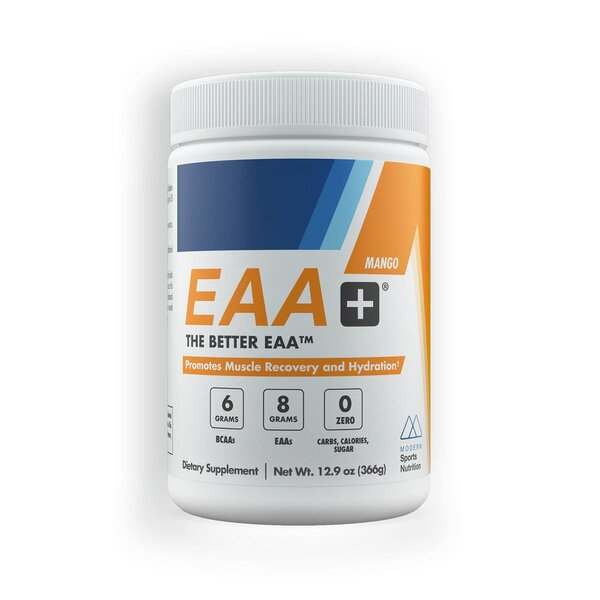









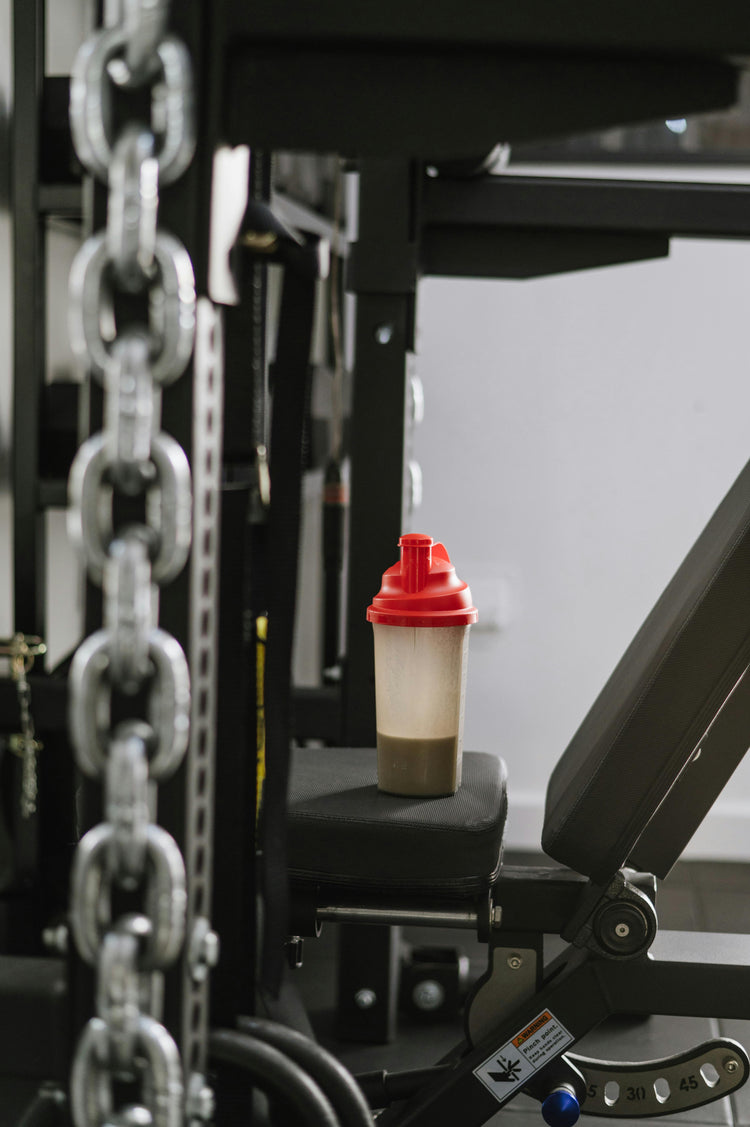
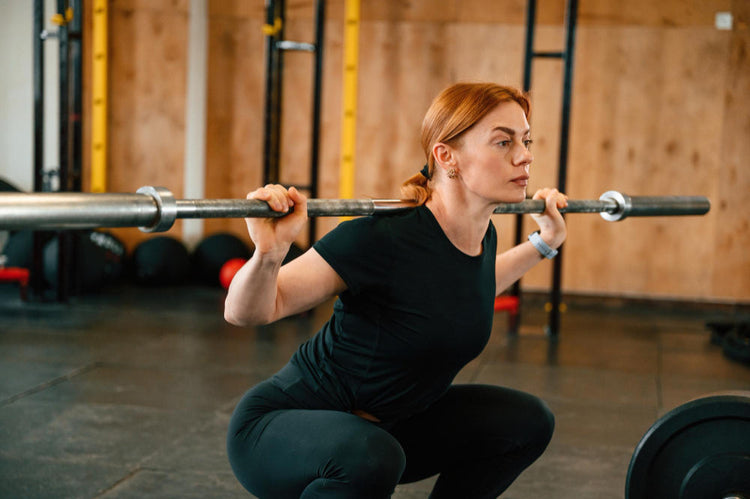
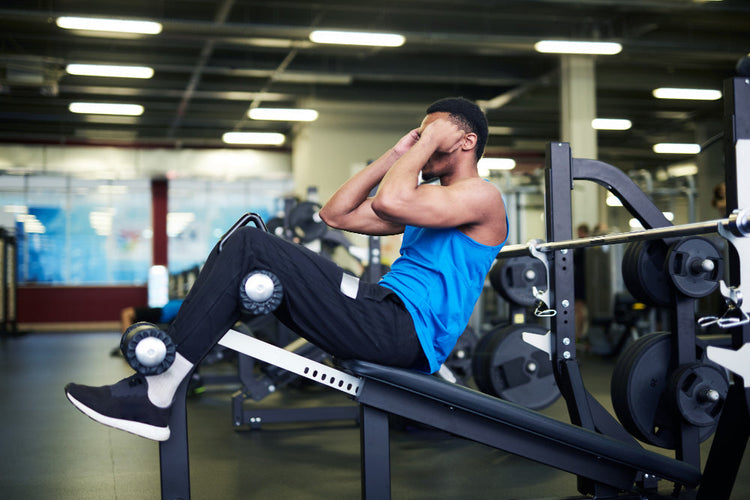

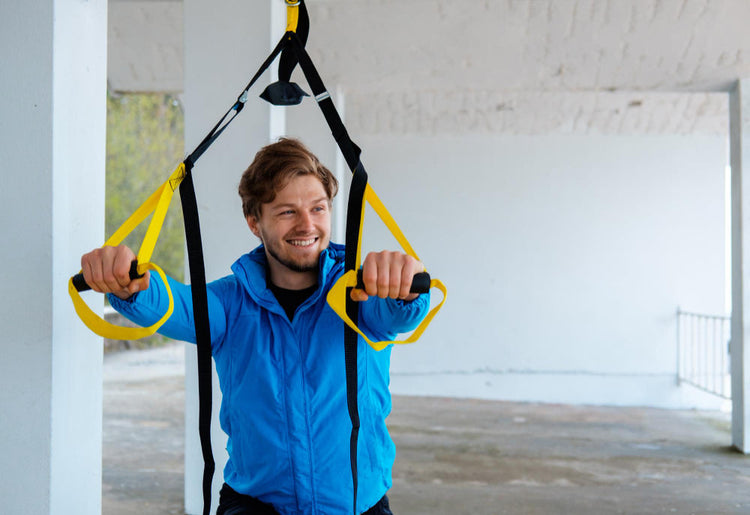
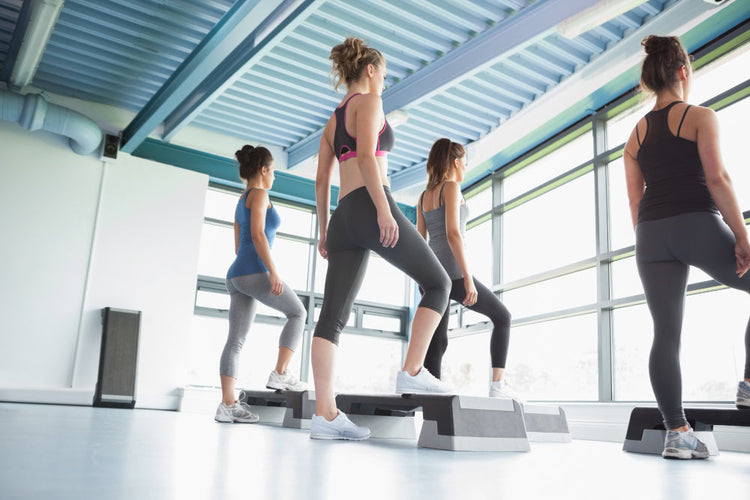
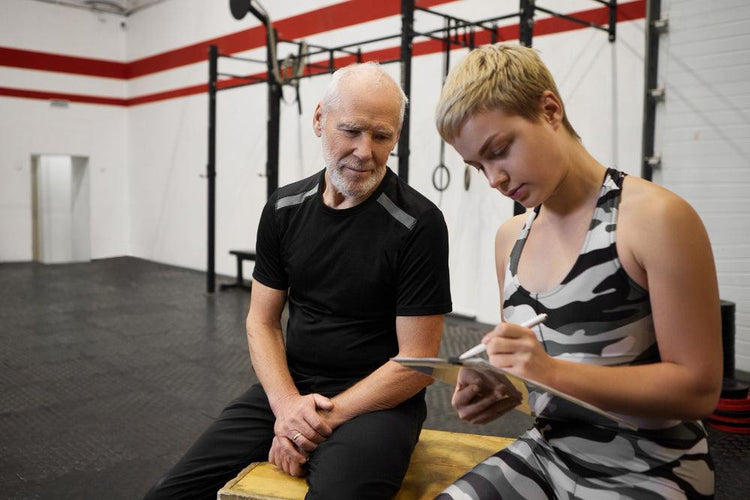
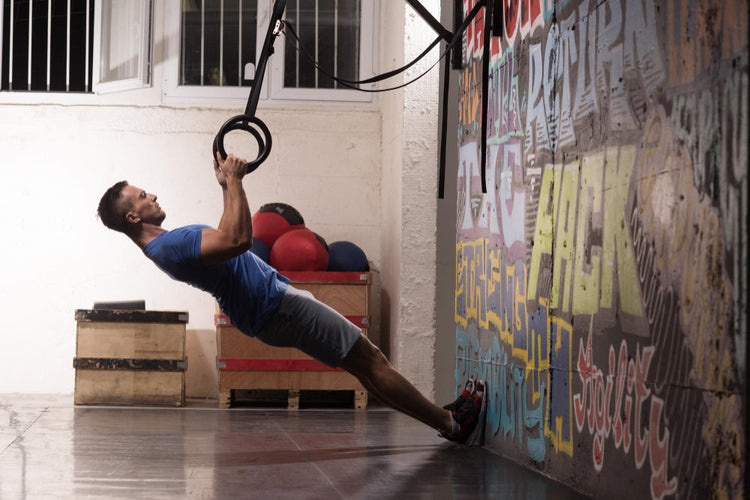
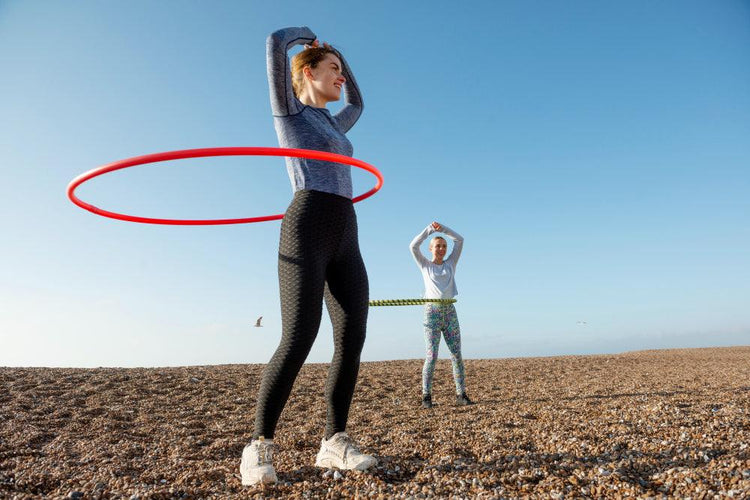
 Rated Excellent by 26,523+ Reviews
Rated Excellent by 26,523+ Reviews